ANCIENT GLACIAL ICE, Color, 2004-2017
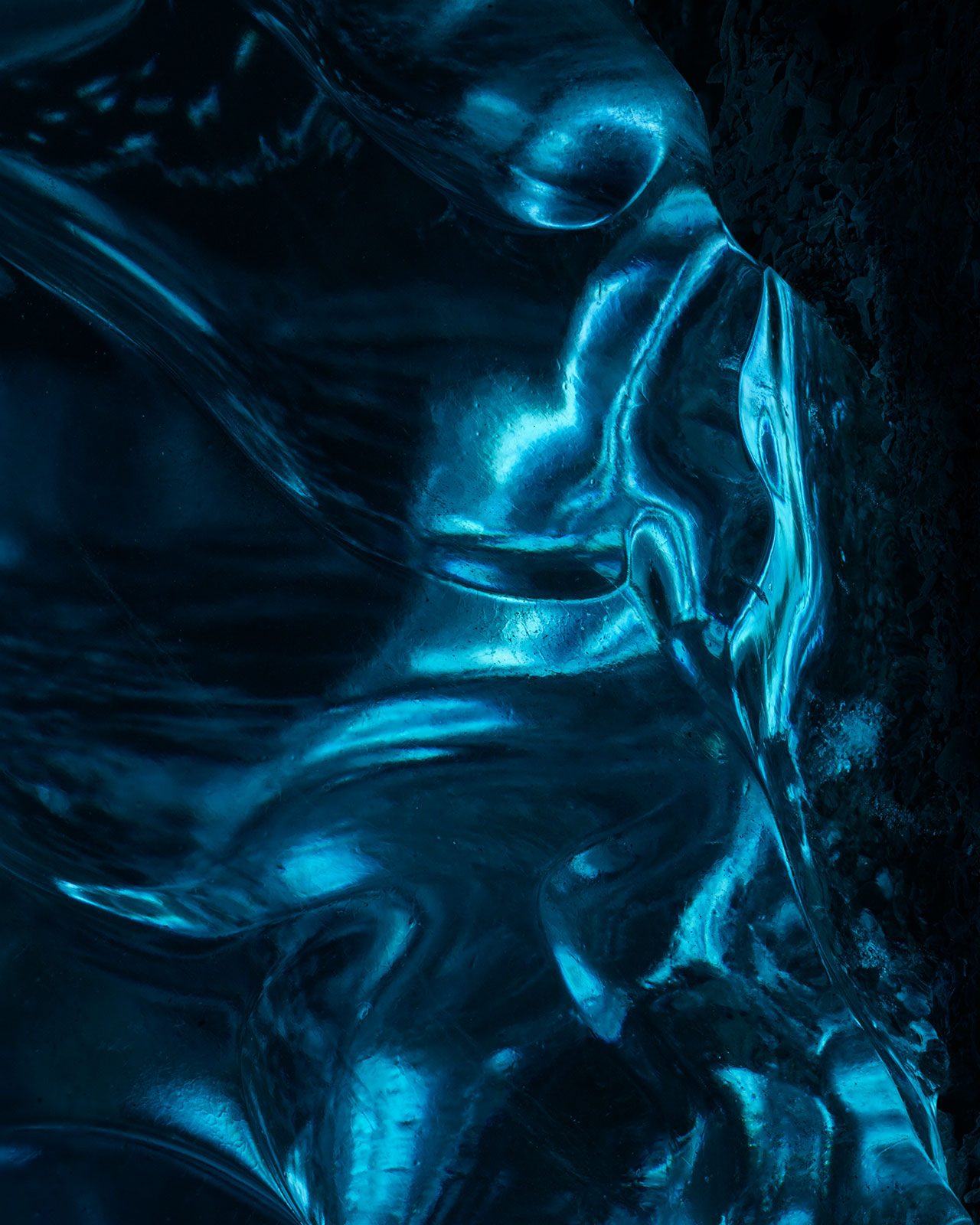 Silhouette, Cycle Ice, Skejdararjoekull, ISL, 2016
Silhouette, Cycle Ice, Skejdararjoekull, ISL, 2016 Crossroad, Cycle Ice, Vatnajoekull, ISL, 2008
Crossroad, Cycle Ice, Vatnajoekull, ISL, 2008 Poliychromatic, Cycle Ice,Vatnajoekull, ISL, 2014
Poliychromatic, Cycle Ice,Vatnajoekull, ISL, 2014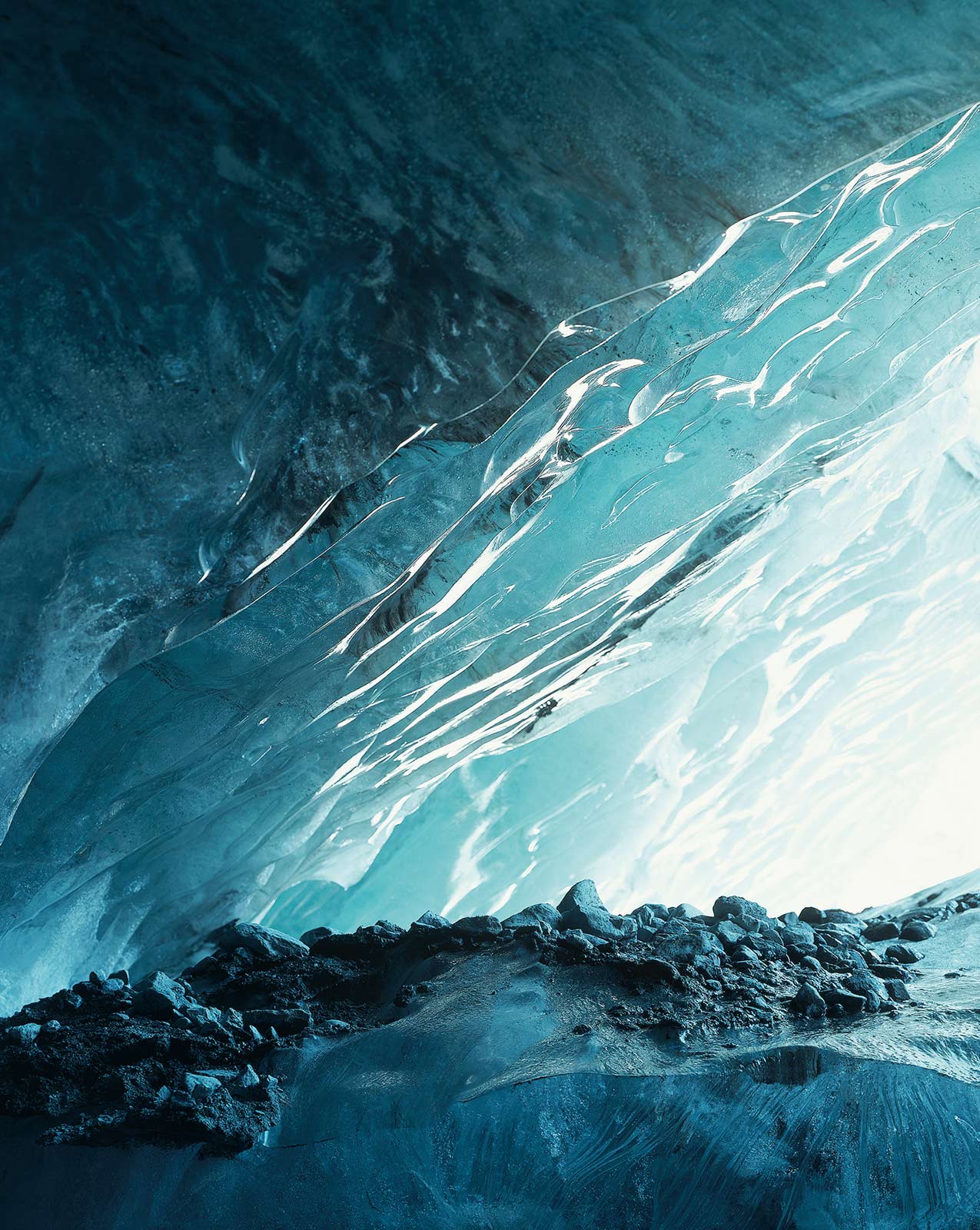 Stone on Ice, Cycle Ice, Theodul Glacier, CH, 2007
Stone on Ice, Cycle Ice, Theodul Glacier, CH, 2007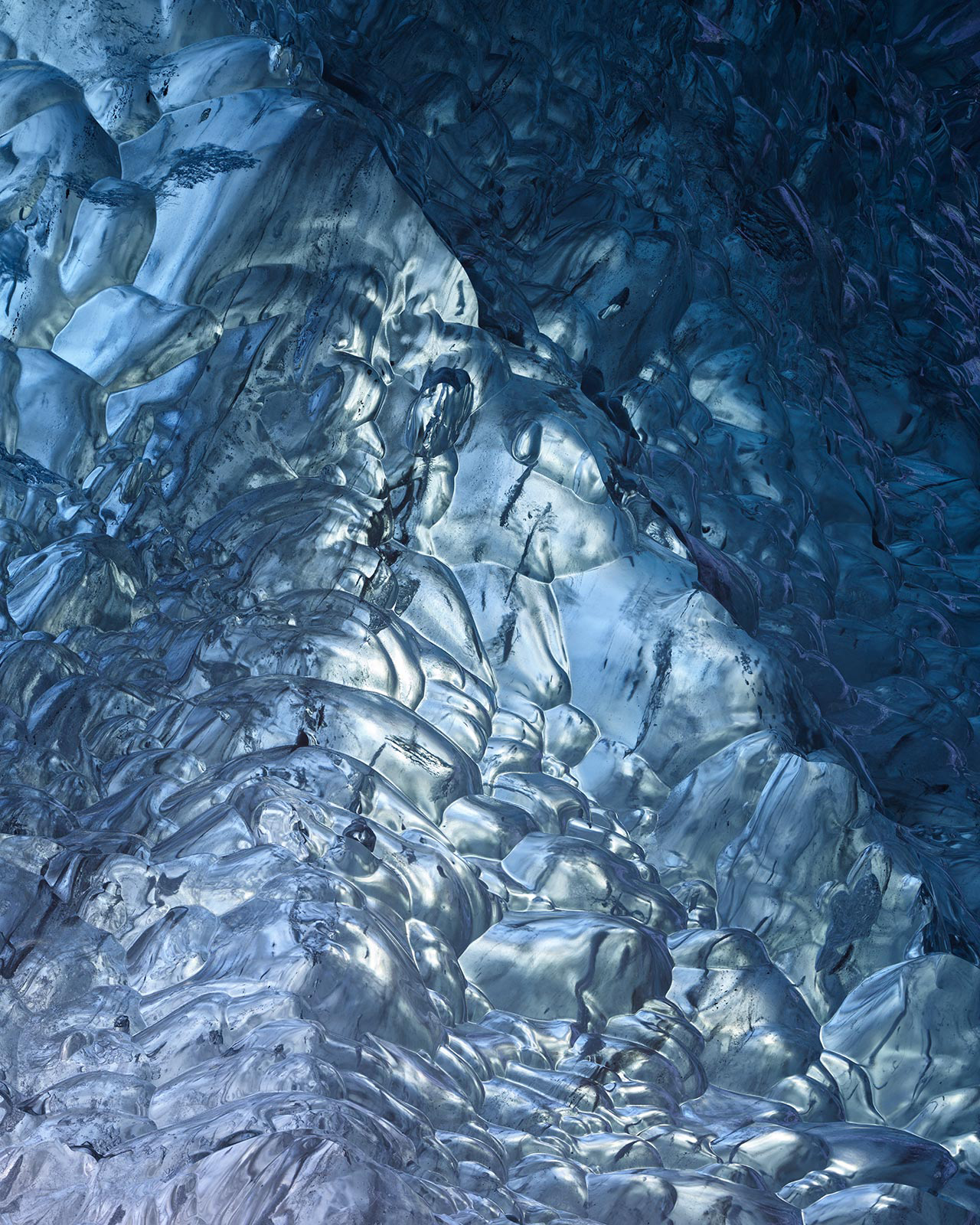 In Between, Cycle Ice, Vatnajoekull, ISL, 2016
In Between, Cycle Ice, Vatnajoekull, ISL, 2016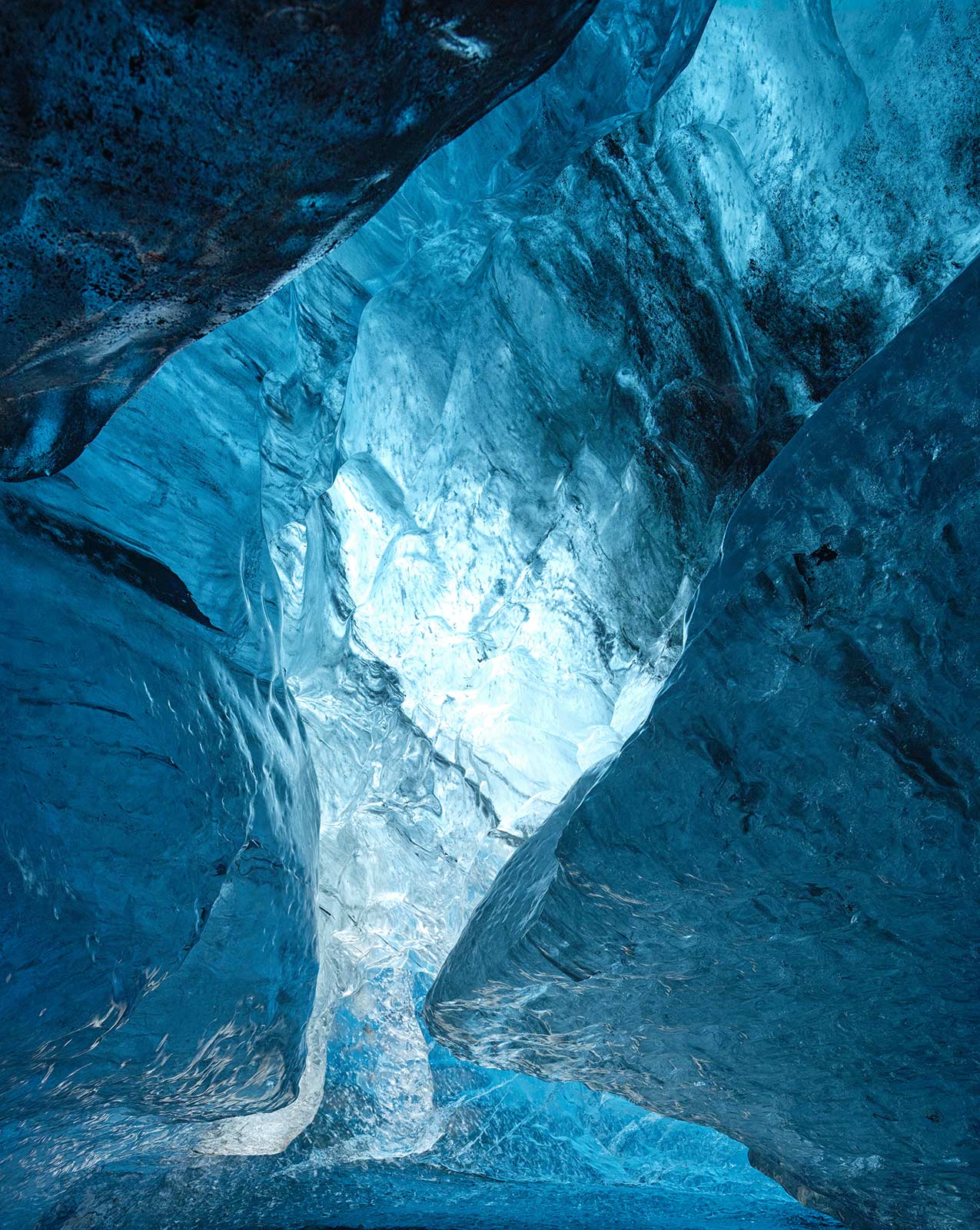 IKB 191, Cycle Ice, Breidarmerkurjoekull, ISL, 2014
IKB 191, Cycle Ice, Breidarmerkurjoekull, ISL, 2014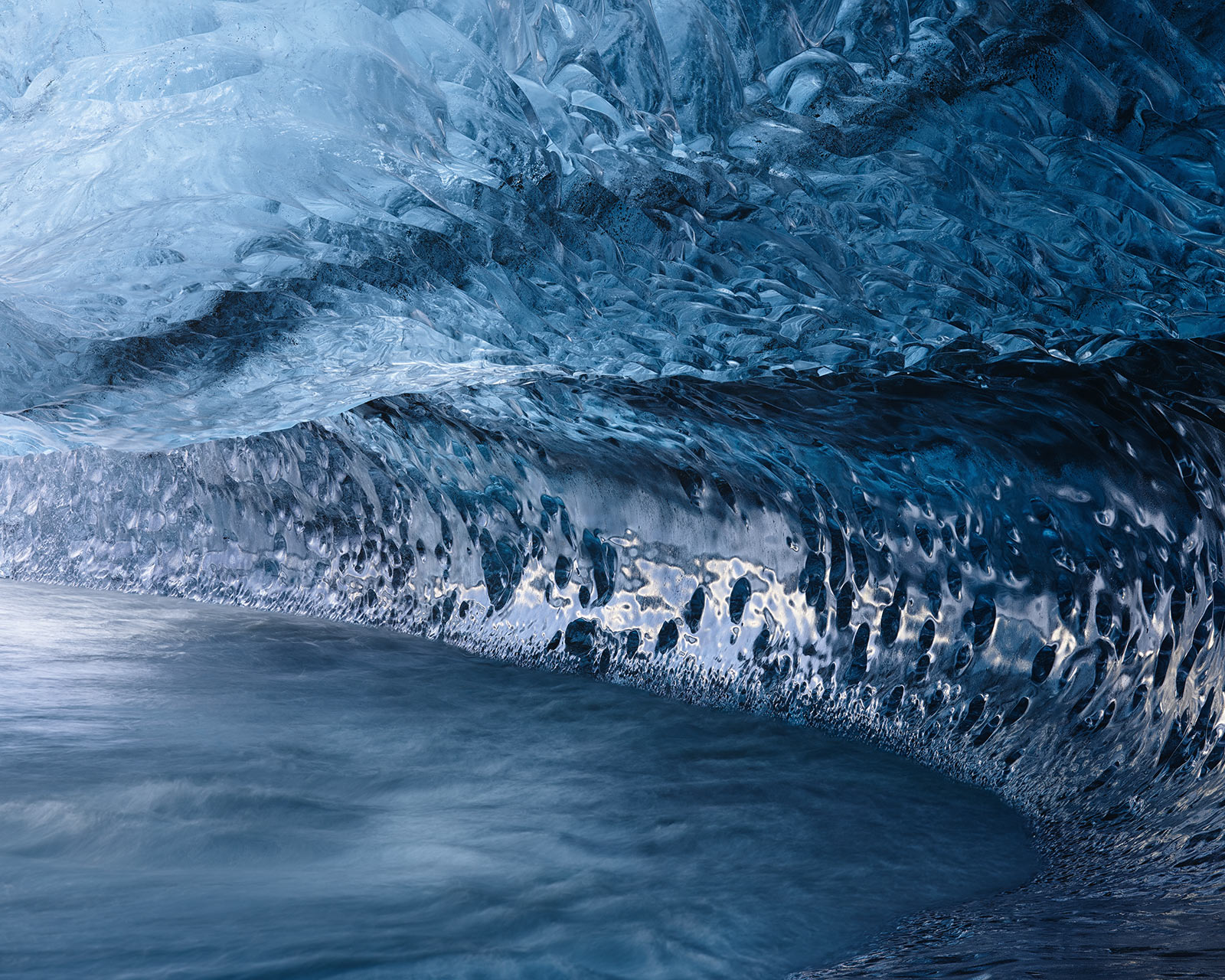 Speed, Cycle Ice, Outlet River Breida, ISL, 2014
Speed, Cycle Ice, Outlet River Breida, ISL, 2014 Verdani, Cycle Ice, Vatnajoekull Mountain, ISL, 2014
Verdani, Cycle Ice, Vatnajoekull Mountain, ISL, 2014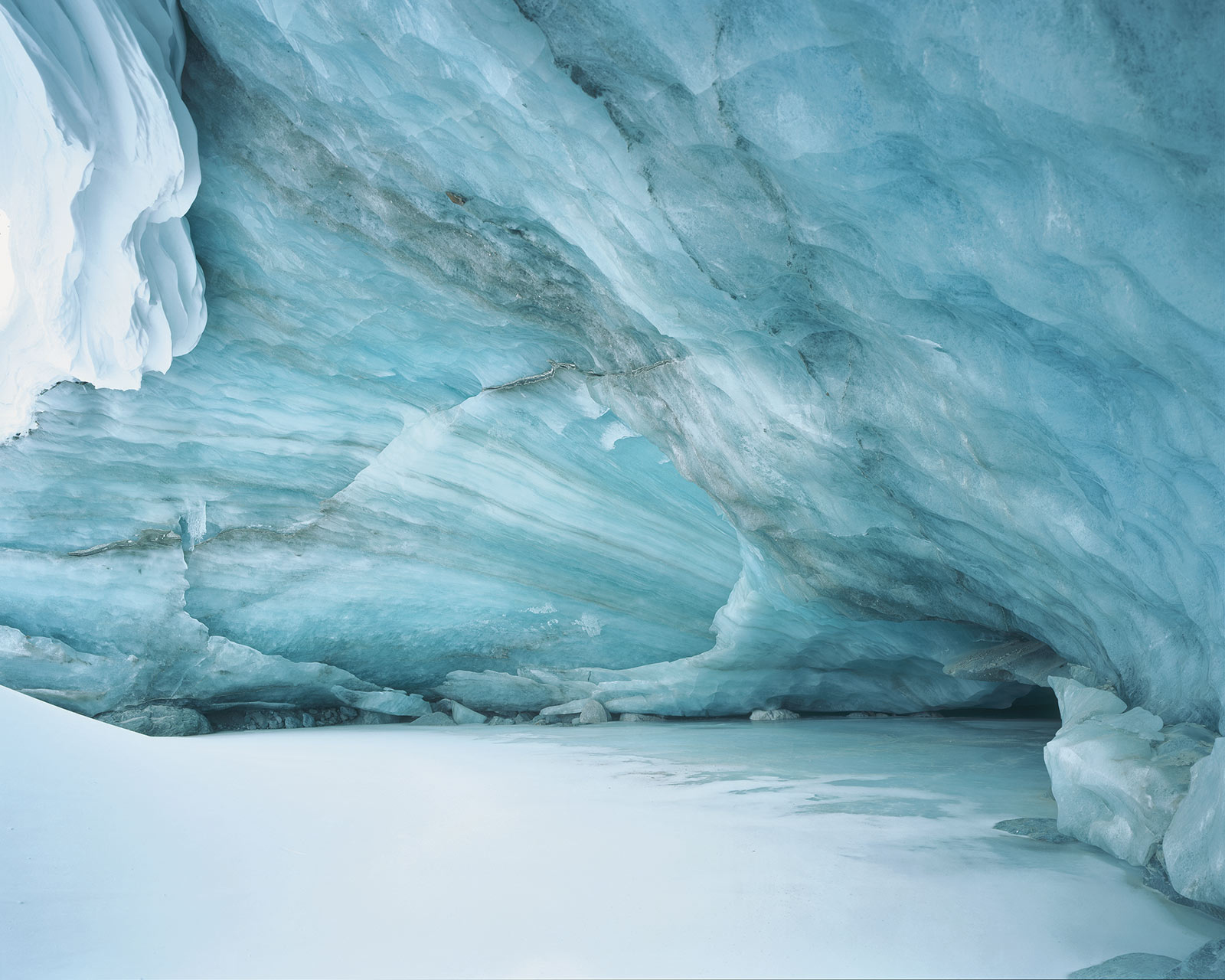 Echo, Cycle Ice, Theodul Glacier, Zermatt, CH, 2009
Echo, Cycle Ice, Theodul Glacier, Zermatt, CH, 2009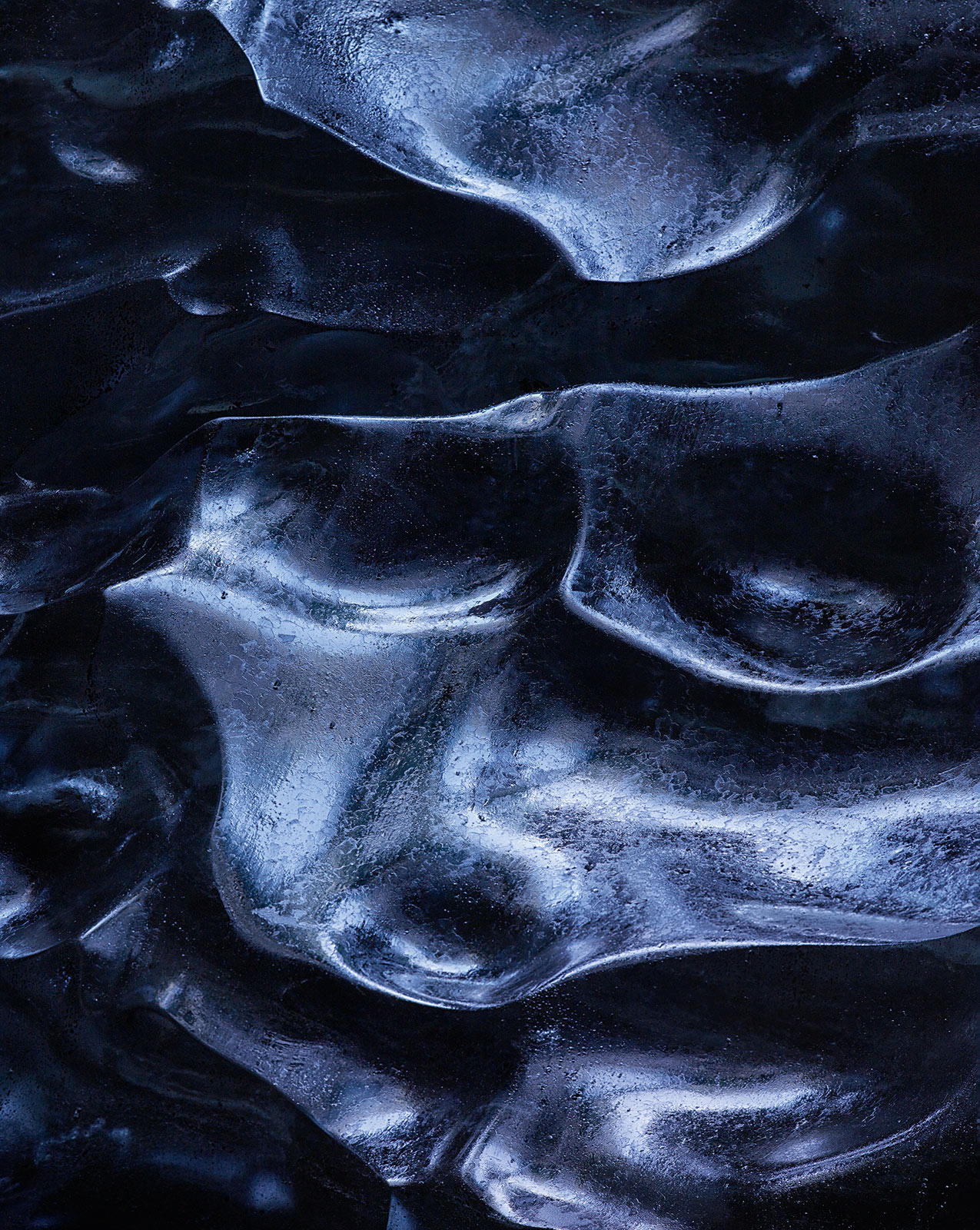 Protocol, Cycle Ice, Vatnajoekull, ISL, 2014
Protocol, Cycle Ice, Vatnajoekull, ISL, 2014 After the Rain, Cycle Ice, Vatnajoekull Mountain, ISL, 2014
After the Rain, Cycle Ice, Vatnajoekull Mountain, ISL, 2014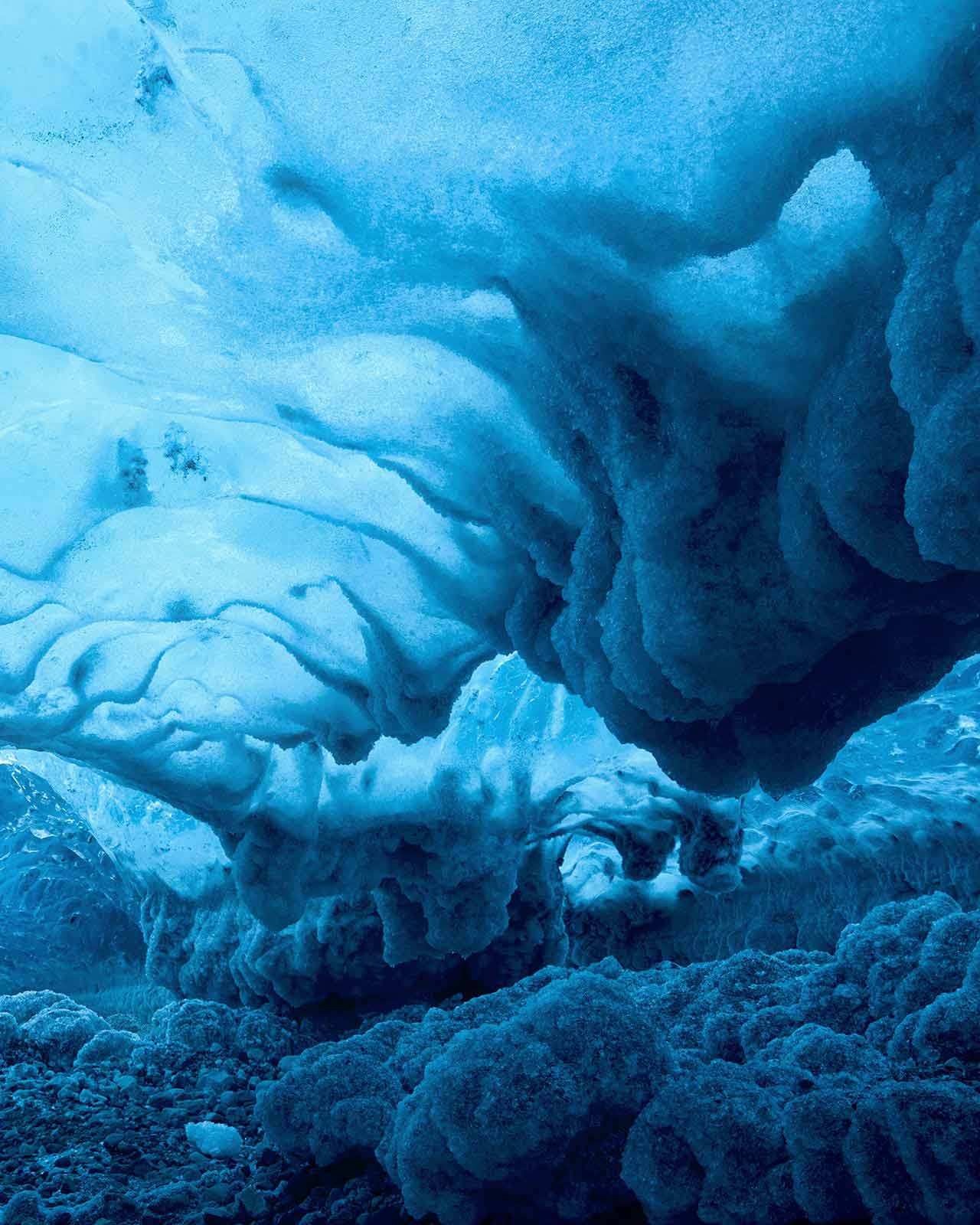 Mushroom, Cycle Ice, Breidamerkurjoekull, ISL, 2016
Mushroom, Cycle Ice, Breidamerkurjoekull, ISL, 2016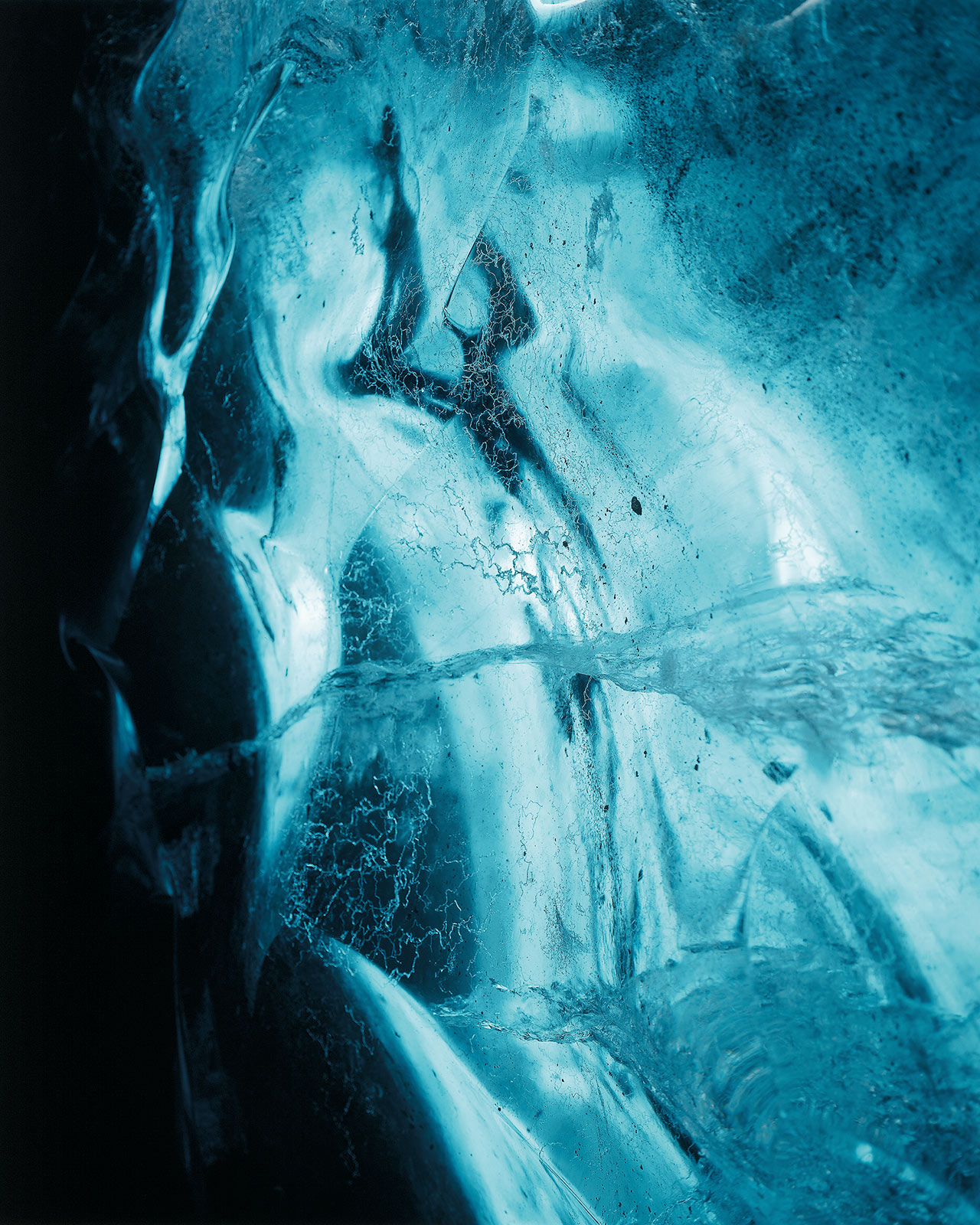 Veiled, Cycle Ice, Breidamerkurjoekull, ISL, 2008
Veiled, Cycle Ice, Breidamerkurjoekull, ISL, 2008 Yesterday, Today after Tomorrow, Cycle Ice, ISL, 2014
Yesterday, Today after Tomorrow, Cycle Ice, ISL, 2014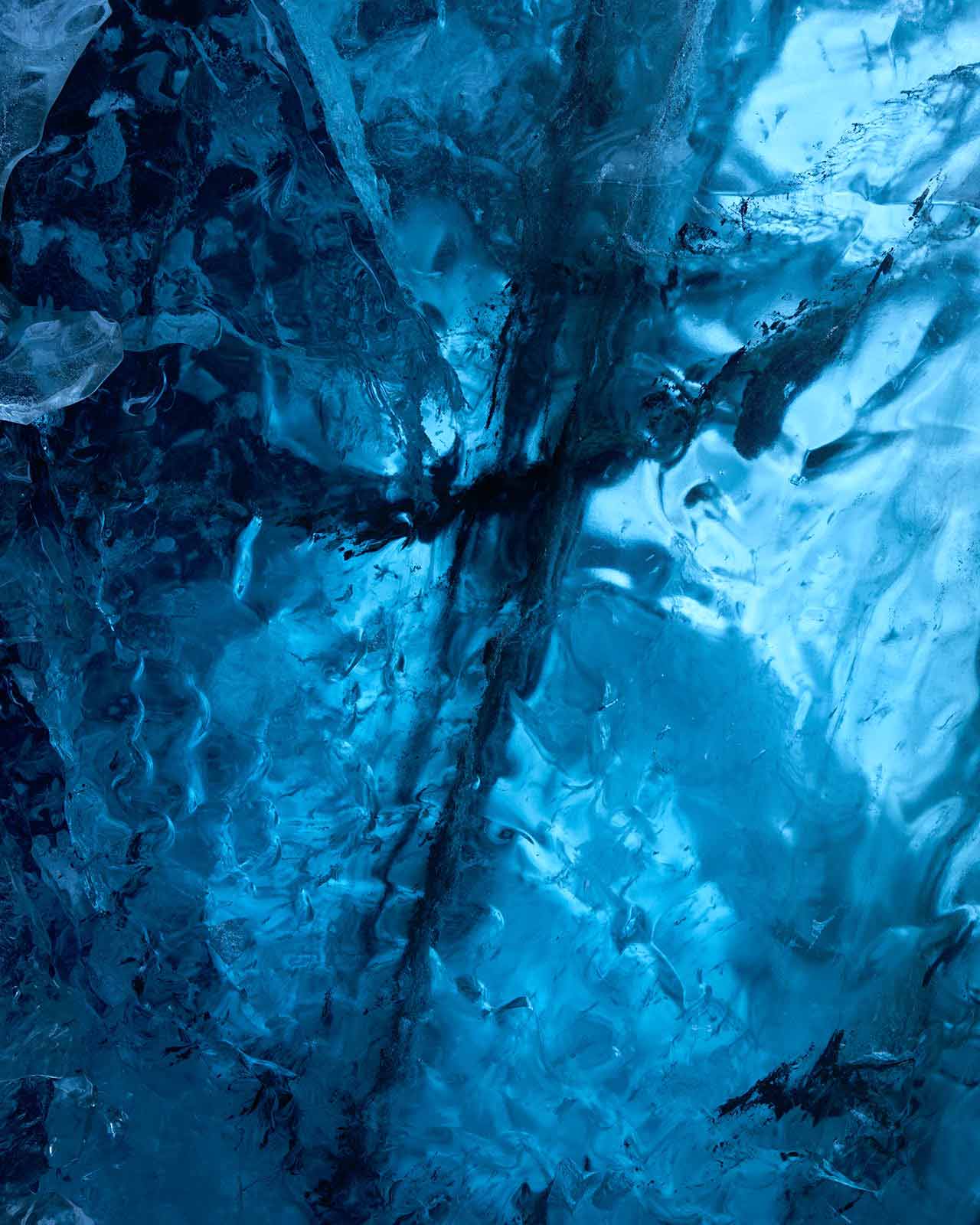 Ice Stream, Cycle Ice, Vatnajoekull, ISL, 2016
Ice Stream, Cycle Ice, Vatnajoekull, ISL, 2016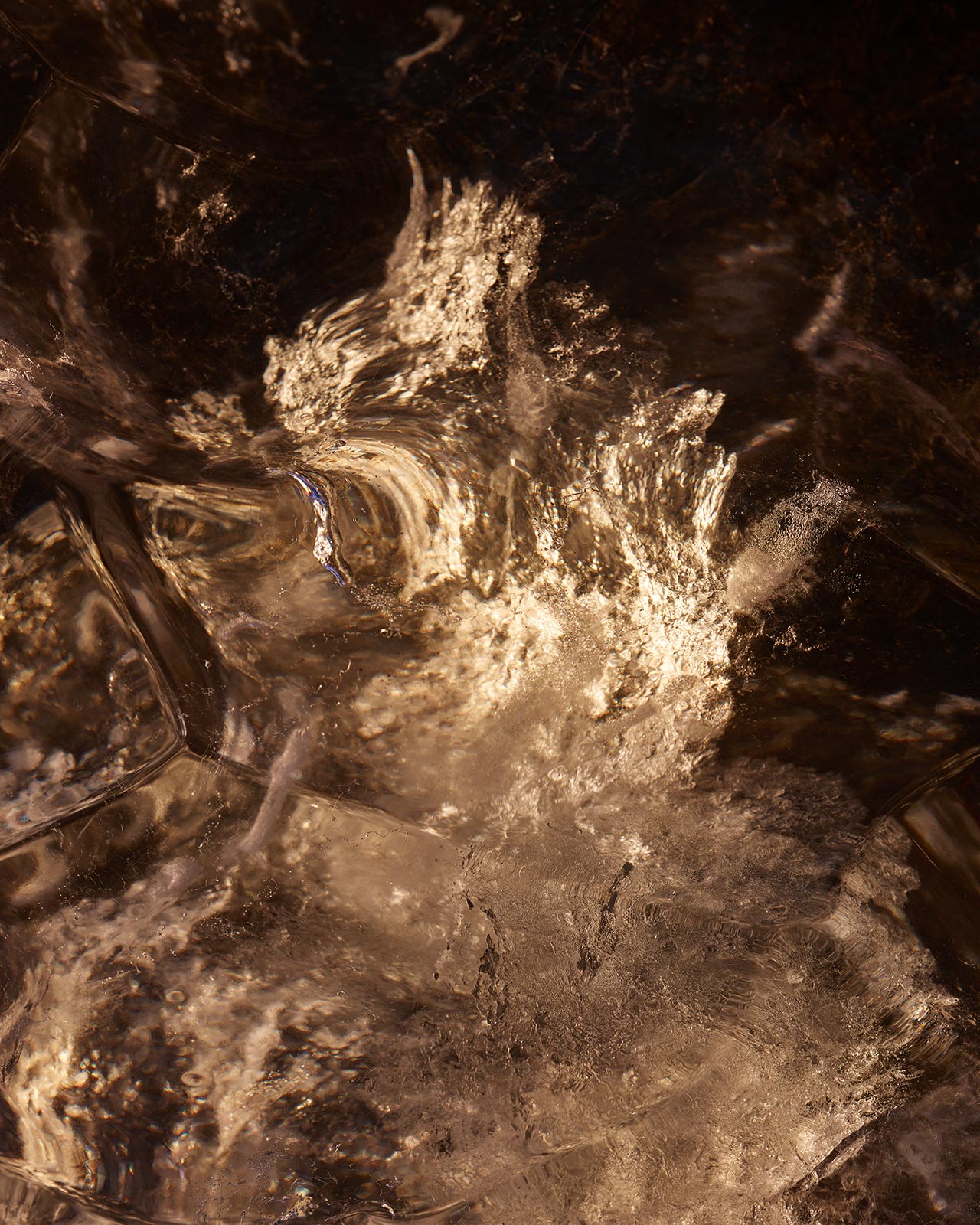 Wanderer, Cycle Ice, Vatnajoekull, ISL, 2016
Wanderer, Cycle Ice, Vatnajoekull, ISL, 2016 Perspiration, Cycle Ice, Breidamerkurjoekull, ISL, 2008
Perspiration, Cycle Ice, Breidamerkurjoekull, ISL, 2008 Spielgelsaal, Cycle Ice, Vatnajoekull, ISL, 2014
Spielgelsaal, Cycle Ice, Vatnajoekull, ISL, 2014 Jammed in the Ice, Cycle Ice, Vatanajoekull, ISL, 2014
Jammed in the Ice, Cycle Ice, Vatanajoekull, ISL, 2014 Cave, Cycle Ice, Vatnajoekull Mountain, ISL, 2017
Cave, Cycle Ice, Vatnajoekull Mountain, ISL, 2017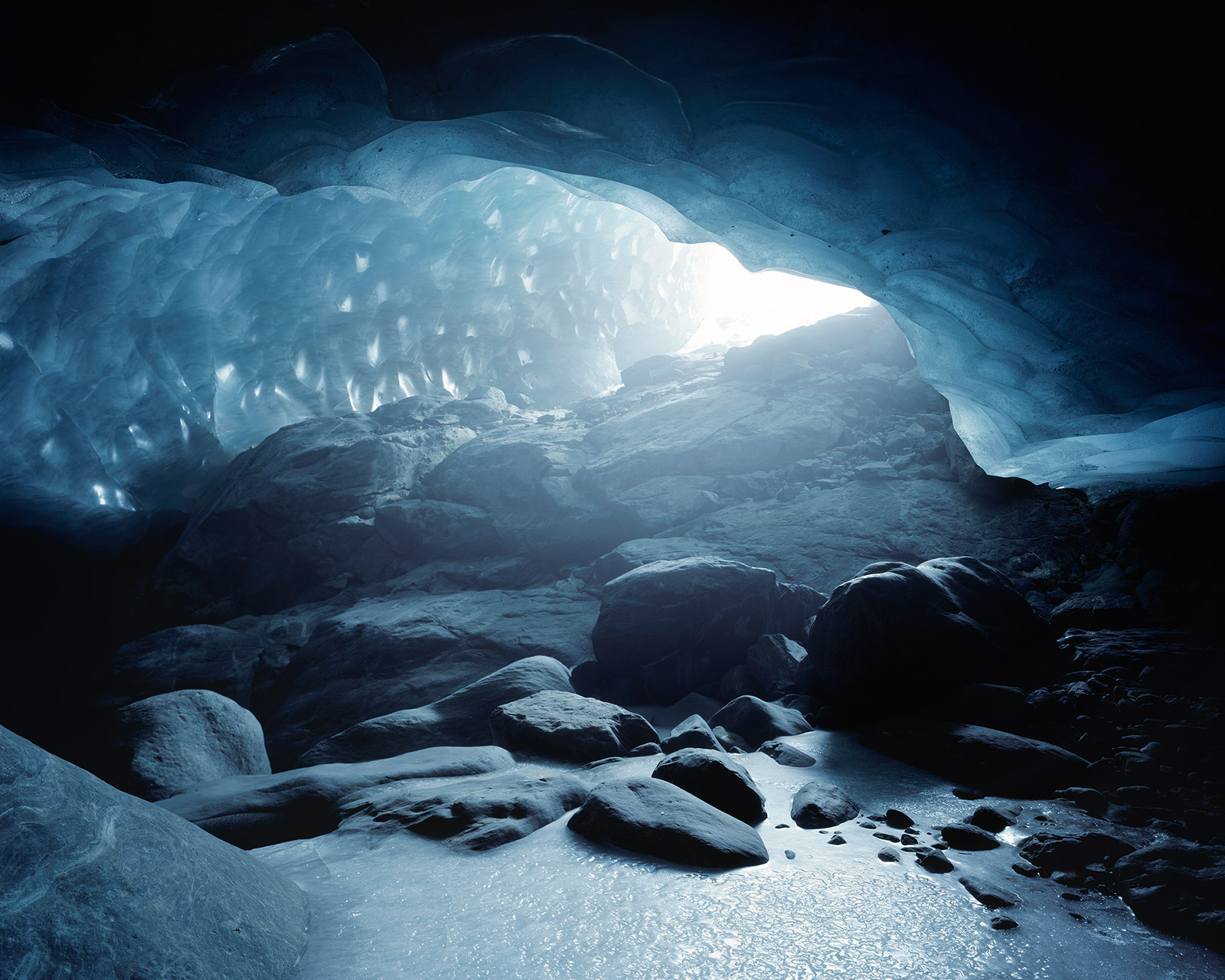 Insight, Cycle Ice, Theodul Gorner Glacier, CH, 2004
Insight, Cycle Ice, Theodul Gorner Glacier, CH, 2004 Storm, Cycle Ice, Joekulsarlon, ISL, 2014
Storm, Cycle Ice, Joekulsarlon, ISL, 2014
MEMORY - PAST AND PRESENT
Andrea Henkens
Photography usually records a moment in the past. It should be seen as a memory and “at no point as a copy of reality, but as an emanation of the past reality”, as Roland Barthes writes in his Notes on Photography. This approach becomes visible in Nicolaisen’s photography: past and present become one.
A similar outline can be found with Hiroshi Sugimoto: His seascapes are, as he describes it, “equally divided between sky and sea because these elements have been in motion, ever since their emergence. They differ only by light and weather, representing the repetitive rhythm of nature.
Nicolaisen’s glacial pictures feature an analog rhythm of light and time, based on the internal experience of the artist. He perceives landscape not only visually but also emotionally. Nicolaisen develops a consistent photographic perception, which turns the surface of a landscape into a designed and reduced image, without losing touch with the motif. His conceptual approach puts him on one level with the sub- jective photography of Minor White or Otto Steinert, as he pho- tographically fixates the ever variegating motifs of glaciers and ice.
Nicolaisen demands the beholder’s imagination. The visual acuity is trained by the transformations of crystalline shapes and structures. In his conceptual design of natural shapes, human intervention rarely becomes apparent. No creature or signs of civilization are portrayed so that the sublime, wild and pristine in the grandiose nature of glaciers, arctic sea and mountain ranges can be found. Abstract shapes invite you to behold and linger, like in the image Black Pearl, 2008.
Nothing is staged, yet the images achieve a virtually radiant magic. On the one hand, they suggest approachability on the other hand; they appear alienated, desolate, forbidding and almost unreal. They show the magnitude and the majestic dignity of glaciers, composed like uneventful panels of calm. Monochrome tones and detailed surface structures at times appear in captivating colors ranging from surreal deep blue to shiny turquoise and sometimes in fine hues of gray. Spectacular formations and the smallest lines and shapes are visible, tiny details seem like ornaments in the high resolution and the perfect quality of the prints, which Nicolaisen developed himself. His focus is essentially on the image. It is not the document in the scientific sense that is of interest, but the subjective dimension, which at the same time remains to be documentary. His images are poetic; virtually painteresque and are not political in a sense of a time-critical manifesto.
Contemporary photographers evidently find a special appeal in the topic landscape. Many devote themselves to it as a point of nativeness, a retreat and idyll, paying homage to beauty. You find jungles in the works of Thomas Ruff, mountains with Axel Hütte, the forest with Jitka Hanzlová and the fjords and icebergs of Peter Olaf Becker, to name a few. In the age of lost or disappearing landscapes, destroyed and endangered regions, photography sharpens the visual awareness of this change. This makes Nicolaisen’s images, in all their artistic quality, a plea to preserve and protect nature, as well.
CATALOG
Restlicht - Bernd Nicolaisen
Photographs – Tableaux – Lightboxes - 2004-2015, Iceland
Foreword by Prof. Klaus Honnef, with texts by Dr. Andrea Henkens, Andreas Staeger, Christoph Sigrist and Stephan Reisner, 2015.
Design: Walter Stähli, Phorbis
Publisher: Hatje Cantz
German / English. 192 Pages, 103 Images 245 x 295 cm hardback
ISBN 978-3-7757-4061-6
Scientifically supported by:
Prof. Björnsson Helgi, Research Scientist, University of Iceland, ICL